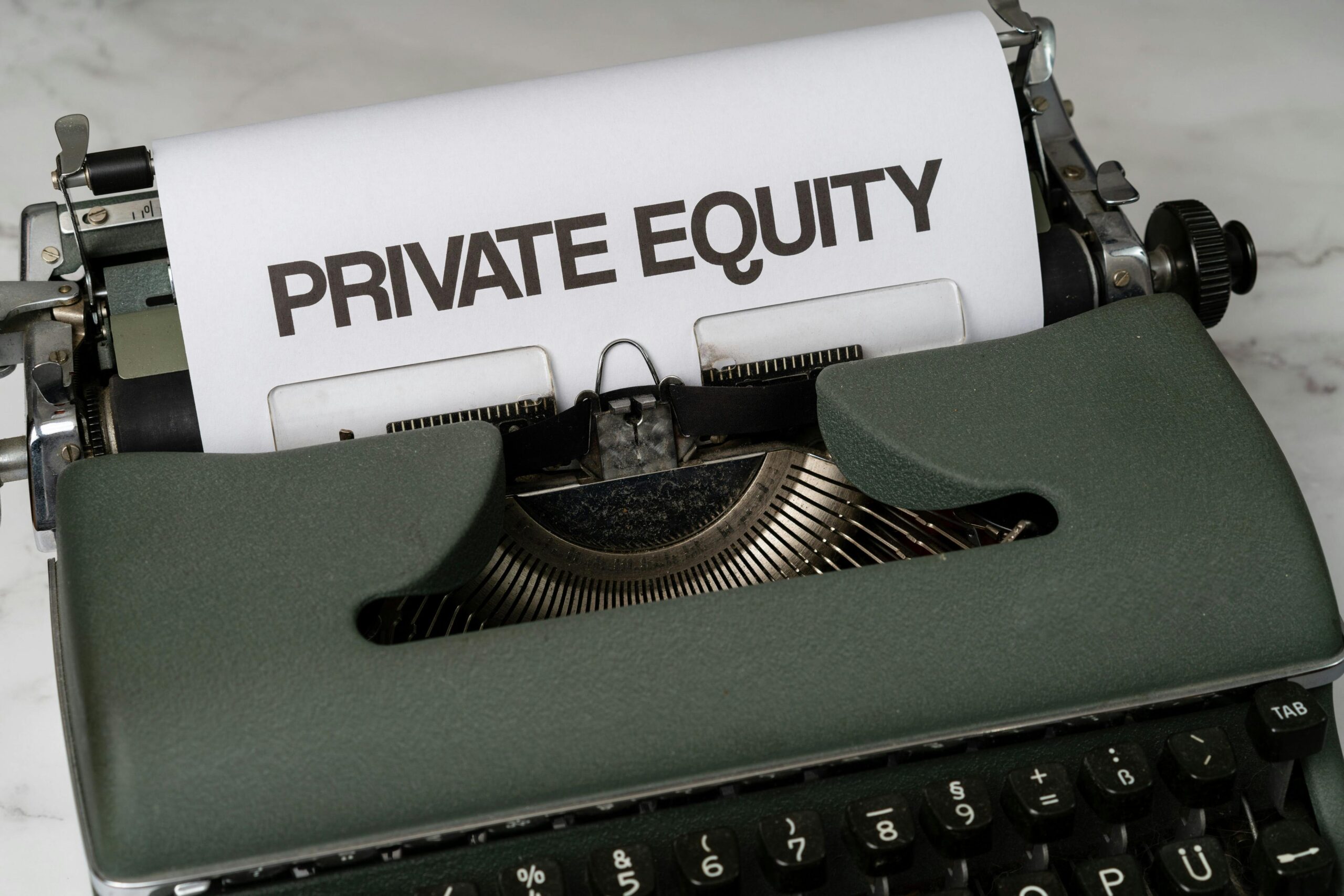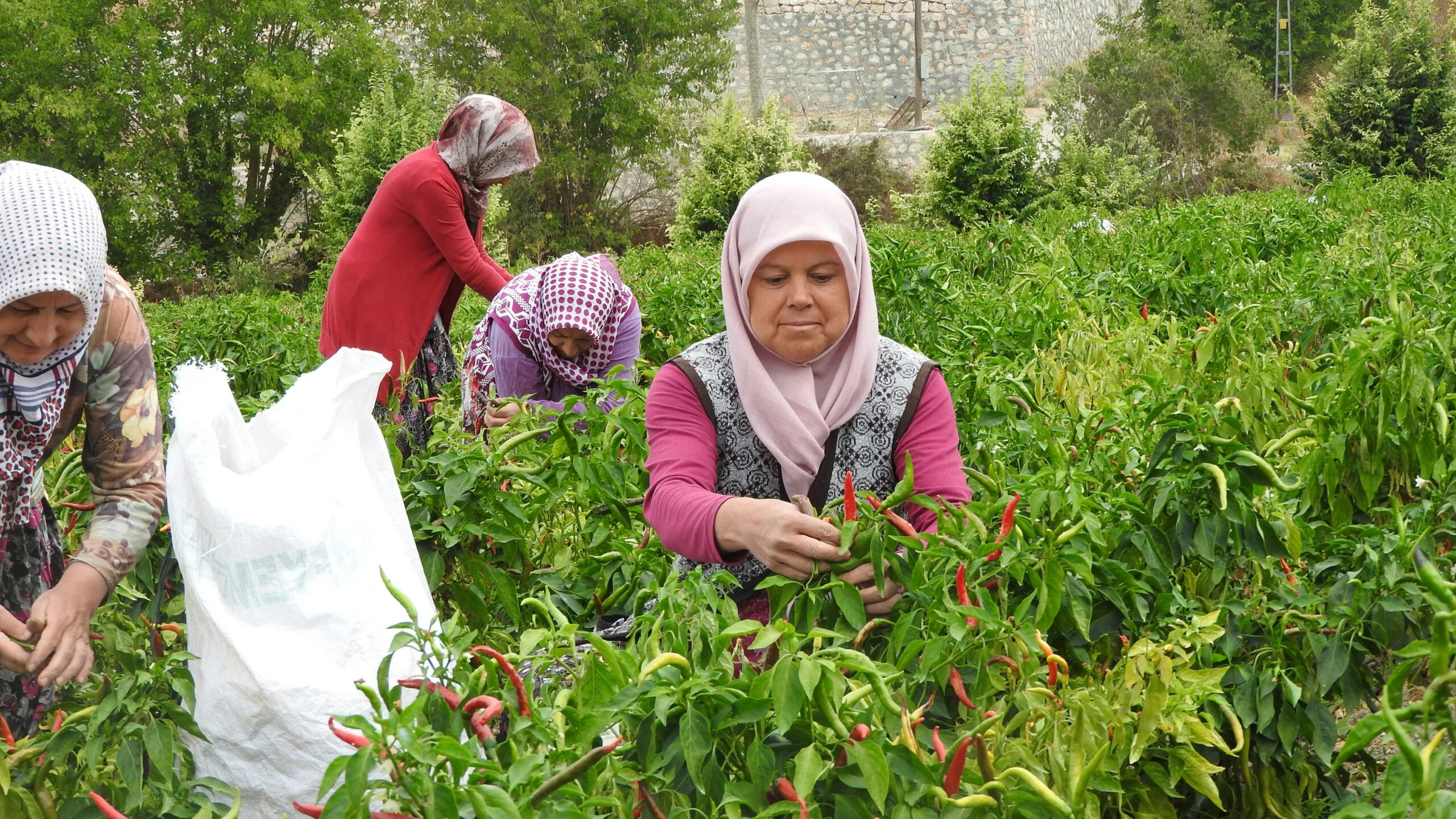In 2025, inflation remains a defining economic challenge across many parts of the world. While headline rates have moderated somewhat from earlier peaks, persistent cost pressures—driven by supply constraints, tariffs, climate shocks, and structural changes—continue to squeeze household budgets. For everyday consumers, inflation is not just a statistic: it affects what they pay for food, energy, housing, transportation, and discretionary goods. Understanding current inflation trends, how they vary across regions, and how consumers are responding is key to anticipating the economic landscape in the near future.
🌍 Global Inflation Trends in 2025
1. Recent Trajectory & Forecasts
-
Some forecasts expect global inflation to ease toward ~ 4.2 % in 2025, though this is still elevated by historical standards. goodman.com
-
However, core inflation (excluding volatile food & energy) remains resilient—J.P. Morgan estimates ~ 3.4 % in the second half of 2025, partly reflecting tariff pressures and persistent input costs. JPMorgan
-
In the U.S., inflation is expected to remain just above 3 % into mid-2026, placing further strain on consumer purchasing power. S&P Global
-
The International Monetary Fund (IMF) notes a mixed global inflation picture—some nations face accelerating inflation (UK, India, Australia) while others (e.g. China) see more muted price pressures due to weaker demand. Reuters
2. Regional and Sectoral Variations
-
Food Inflation: In the U.S., the food CPI rose 0.4 % month over month (July to August 2025), and was ~3.2 % higher year over year. Economic Research Service
-
Developed Economies: Countries like the U.S. and Germany have seen cumulative consumer prices rise ~20+ % since 2020–2025. Visual Capitalist
-
Emerging Markets: Many emerging economies continue to face double-digit inflation or sharp fluctuations, especially where currency weakening, supply constraints, or geopolitical risk is high.
-
Tariff & Trade Pressures: New U.S. tariffs are contributing to inflation in consumer goods sectors, pushing up costs for imported items. Politico+1
-
Climate Shocks & Supply Disruptions: Extreme weather events are increasing volatility in agricultural output, pushing food, water, and energy prices upward in hot regions. AP News
📊 Measuring Impact & Key Metrics
To understand how inflation affects consumers, here are some useful metrics and what they reveal:
| Metric | Purpose / Insight |
|---|---|
| Consumer Price Index (CPI) | Tracks average change in prices paid by consumers; includes broad basket of goods and services |
| Core Inflation (CPI minus food & energy) | Indicates underlying inflation trends, excluding volatile sectors |
| Producer Price Index (PPI) | Signals upstream price pressures that may feed into consumer inflation |
| Wage growth vs Inflation (Real Wages) | Determines whether income keeps up with rising costs—critical for living standards |
| Consumer Confidence / Sentiment | Reflects how households perceive inflation and its effect on their finances (e.g. New York Fed data) Federal Reserve Bank of New York |
| Expenditure Share by Category | Which spending categories absorb more of inflation (food, rent, energy) |
| Inflation Expectations | What consumers anticipate for future inflation impacts behavior (savings, borrowing) Federal Reserve Bank of New York |
A useful graph could map real wage growth versus inflation across major economies to show where households are being squeezed hardest.
🎯 How Inflation Affects Everyday Consumers
Inflation’s impact is felt differently across income levels, regions, and spending patterns. Below are major effects:
1. Erosion of Purchasing Power
When prices rise faster than wages, consumers can buy less with the same income. Essential goods (food, energy, housing) absorb a disproportionate share of income, especially for lower- and middle-income households.
2. Substitution Effects & Consumption Shifts
-
Consumers “trade down” to cheaper brands or lower-quality products.
-
Luxury or discretionary spending is postponed or cut altogether.
-
More people adopt cost-saving strategies—bulk buying, discount hunting, reduced usage of utilities.
McKinsey’s 2025 “State of the Consumer” report finds that consumers are making these trade-offs—downgrading some categories while still splurging in others. McKinsey & Company
3. Reduced Savings & Financial Vulnerability
Higher living costs reduce capacity to save, especially for lower-income families. Some may deplete emergency funds, use credit more often, or cut back on non-essential expenses to maintain essentials. A report by Cint reveals that consumers are recalibrating priorities amid rising costs, and many households struggle to maintain savings. cint.com
4. Price Volatility & Uncertainty
Volatile inflation increases uncertainty in planning household budgets. Fluctuations in fuel, food, and rent make it harder to forecast expenses.
5. Debt Burden & Borrowing Costs
Inflation often triggers central banks to raise interest rates. That increases the cost of borrowing—mortgages, personal loans, credit cards—to consumers. This further squeezes disposable income.
6. Behavioral & Psychological Impacts
-
Reduced confidence: Consumers become more cautious, demand falls. For example, in the U.S., consumer confidence fell in September 2025 to its lowest in months. The Conference Board
-
Delays in durable goods purchases (appliances, electronics) as people wait for sales or hope prices stabilize.
-
Increased stress and anxiety about rising costs, especially for essentials.
7. Unequal Effects
-
Low-income and fixed-income households (pensions, wage earners) are hit hardest since a greater share of their budgets go to essentials.
-
Households with variable incomes or buffer assets (investments, real estate) can better absorb shocks.
-
Regions with high dependence on imports are more vulnerable to global price shocks; those with strong domestic production and currency stability fare better.
🎤 Case Studies & Consumer Experiences
U.S. Consumer Price & Tariffs Impact
The U.S. saw consumer prices increase in July 2025, with core inflation exceeding 3 % as businesses began passing tariff costs to consumers. Politico Tariffs on goods like electronics and furnishings are pushing up retail prices, making everyday goods more expensive.
Wage growth is not fully keeping pace, meaning real incomes are under pressure. Deloitte
U.K. & Europe’s Retail Inflation Surge
In the U.K., shop prices rose 1.4 % year over year in September 2025, the fastest rate since early 2024. Food inflation remains around 4.2 %. Reuters+1
Retailers warn that tax increases, rising energy and wage costs, and a new packaging tax will further push prices upward. The Guardian
Food Price Pressures (U.S.)
In August 2025, U.S. food prices rose by 0.4 % from the previous month and were ~3.2 % higher year over year. Beef, vegetables, and restaurant food have seen stark price rises. Economic Research Service
Inflation in Iran
In Iran, food inflation has surged dramatically. Cooking oil rose ~40 %, rice prices nearly doubled, and overall consumer “basket” costs rose 30 % in just a few months. The official rate was ~35 %, though many analysts believe underreporting. Wikipedia
💡 How Consumers Are Coping
-
Budget adjustments: Cutting down on discretionary spending, shifting to local or cheaper brands.
-
Bulk purchases / stockpiling: Buying staples in bulk to hedge against future price rises.
-
Switching to cheaper energy, modes of transport: Reducing usage, switching to public transport, energy efficiency measures.
-
Using credit / drawing on savings: More households tapping into credit or using savings to make ends meet.
-
Activism and pressure groups: In places like Croatia, consumers have organized retail boycotts to push for price freeze on essentials. Wikipedia
🚧 Challenges & Policy Trade-Offs
-
Wage–Inflation Spiral: Raising wages to match inflation risks fuelling further price rises (if supply side lags).
-
Monetary Policy Constraints: Central banks must balance inflation control with supporting growth; tightening too much can trigger recession.
-
Tariff / Trade Policies: Protectionist measures may shield domestic industries but often worsen consumer inflation.
-
Subsidies & Price Controls: Government interventions (fuel subsidies, food price caps) may provide relief but introduce distortions and fiscal burdens.
-
Data Accuracy & Reporting: In some countries, inflation is underreported. Real inflation felt by citizens may be much higher.
🔮 What to Watch Ahead
-
Core inflation trends: If core inflation stays above 3 %, central banks will remain cautious about easing.
-
Wage growth patterns: Whether wages in key sectors (retail, transport, services) keep pace with inflation.
-
Tariff and trade policy changes: Moves by major powers (e.g. U.S.) that could reignite cost pressures on imports.
-
Climate event impacts: More frequent extreme weather can spike food and energy inflation (“climateflation”). AP News+1
-
Consumer sentiment & confidence shifts: If confidence falls sharply, consumption may weaken, risk of recession.
-
Policy responses: Whether governments introduce fiscal relief, targeted subsidies, or tax relief to mitigate burden on vulnerable households.
✨ Conclusion
Inflation in 2025 continues to be a serious burden for consumers worldwide. While headline rates have eased from pandemic peaks, underlying pressures remain. Everyday families face rising food and energy costs, shrinking real incomes, and uncertainty about future prices. The burden is uneven—those with low income or fixed wages suffer most.
For many nations, managing inflation without stifling growth is the tightrope. Policymakers will need to carefully balance monetary discipline with targeted relief measures. Consumers, meanwhile, must adapt—reallocating budgets, making strategic choices, and navigating an ever-shifting cost landscape.
In essence, inflation is no longer just a macroeconomic indicator. It is deeply personal—it touches every family’s grocery basket, electricity bill, commute, and savings. In 2025, how governments respond, and how consumers adapt, will shape living standards, trust in institutions, and the resilience of economies in the years ahead.


